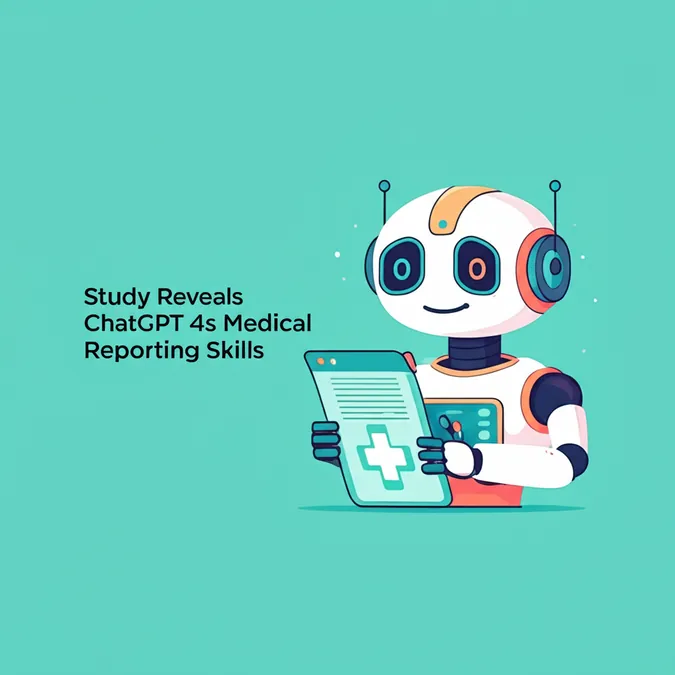Developer Offer
Try ImaginePro API with 50 Free Credits
Build and ship AI-powered visuals with Midjourney, Flux, and more — free credits refresh every month.
The AI Bubble Is Losing Profits And Fueling Slop
The Anatomy of a Speculative Bubble
The value of any investment is ultimately tied to the cash flow it can generate. Speculators, however, operate on a different principle, focusing solely on future prices. This is the essence of the "greater fool" theory: buying an asset at an inflated price, hoping a "greater fool" will buy it for even more. When speculation pushes prices far beyond what cash flow can justify, a bubble is born. The bubble pops when speculators lose faith that prices will continue to rise, removing their only reason to buy.
Predicting when a bubble will end is nearly impossible. Fueled by a fear of missing out (FOMO), even those who recognize the bubble may continue to speculate. This sentiment was captured after the South Sea Bubble of 1720, when a bankrupted British Parliament member lamented that ruin came two months sooner than he expected. Similarly, just before the 1987 crash, the Wall Street Journal described the market as "Looney Tunes land," where investors stayed in the game despite knowing the risks, just for the chance to make more money.
Riding the Wave of AI Hype
Today, we are witnessing the artificial intelligence bubble. Like past bubbles centered around railroads, radio, and the internet, it started with a groundbreaking innovation that promised immense profitability. The astonishing ability of OpenAI's ChatGPT and other large language models (LLMs) to generate human-like text sparked a frenzy of excitement and bold predictions.
Wharton professor Ethan Mollick suggested the productivity gains could surpass those of steam power. Alphabet CEO Sundar Pichai called LLMs "more profound than fire." Even Turing Prize winner Geoffrey Hinton compared the technology's scale to the Industrial Revolution. The hype reached a fever pitch with OpenAI CEO Sam Altman, who claimed businesses would become 30 times more productive and that AI could cure all diseases and provide everyone with a great education. Elon Musk added to the fervor, declaring AI would be able to do anything a human can within a year or two.
When Hype Meets Reality The Rise of AI Slop
Despite the grand promises, a fundamental problem persists. While LLMs have improved, they still cannot distinguish between truth and falsehood because they lack a connection to the real world. The initial excitement has given way to disappointment, with users finding that newer models like GPT-5 offer only marginal improvements over their predecessors, a clear sign of diminishing returns.
This gap between hype and reality has given rise to a new term: "AI slop." This refers to the low-quality, error-prone content generated by AI systems. Businesses that rushed to adopt AI are now facing the consequences. An MIT study found that 95% of generative AI pilot projects in business were failing, and another survey revealed that 96% of companies saw no dramatic improvements. This slop is actively harming productivity, as employees spend hours correcting AI-generated mistakes in reports and emails, leading to a breakdown of trust in AI tools.
Moreover, AI slop has polluted the internet, with AI-generated articles now potentially outnumbering human-written ones. This creates a dangerous feedback loop where AIs train on their own unreliable output, making it increasingly risky to use them for tasks where accuracy is critical.
The Unprofitable Reality Behind the AI Boom
The core question that ChatGPT can't answer is: Where's the profit? The simple answer is that there isn't one. The business demand for AI-generated content does not come close to covering the immense costs of creating and running these models. Last year, OpenAI reportedly lost $5.3 billion on revenues of $3.5 billion. The situation appears to be worsening, with projected operating losses of $7.8 billion in the first half of 2025 alone. The company's own forecasts predict a staggering $115 billion in cumulative losses by 2029.
Circular Financing A Familiar Dot Com Ghost
To stay afloat, OpenAI is relying on a lifeline from Big Tech through a practice known as circular financing. Companies like Nvidia, Microsoft, and Oracle provide OpenAI with cash, which OpenAI is then expected to use to purchase equipment and services from those same companies. This creates the illusion of strong sales and revenue growth.
This tactic is not new; it was rampant during the dot-com boom. Telecom equipment makers would loan money to internet service providers to buy their products. When the bubble burst, these loans turned into bad debt, revealing that the manufacturers had essentially been giving their equipment away. This financial sleight of hand boosts sales figures for all involved but generates no real profit.
Pivoting in a Crisis and Predicting the Fallout
Facing an unprofitable core product, AI companies are pivoting. OpenAI has launched Sora, a text-to-video system that generates entirely fake clips. While it might be a novel tool, it's just another form of AI slop with a difficult path to profitability, given its high computational costs. Other ventures include offering ChatGPT to students—potentially to help them cheat—and developing an AI "personal life adviser" where accuracy is less of a concern.
These side hustles are unlikely to deliver the productivity gains and profits that were initially promised. When the AI bubble finally pops, the consequences will be severe. While behemoths like Microsoft and Alphabet have other revenue streams to fall back on, their stock prices will likely tumble from their lofty, AI-fueled valuations. More fragile companies like OpenAI, however, could become the first casualties. The AI-slop bubble, built on speculation rather than substance, is set to end badly.
Compare Plans & Pricing
Find the plan that matches your workload and unlock full access to ImaginePro.
| Plan | Price | Highlights |
|---|---|---|
| Standard | $8 / month |
|
| Premium | $20 / month |
|
Need custom terms? Talk to us to tailor credits, rate limits, or deployment options.
View All Pricing Details

